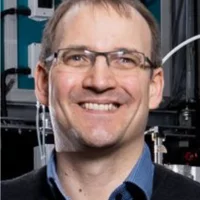The LBR hosts five research groups and various research projects dedicated to addressing a wide range of fundamental biological questions.
Research Projects:
| Project | Description | Duration | Contact |
|---|---|---|---|
| ERC SOL | Switchable rhodOpsins in Life Sciences | 2022.09-2028.08 | Gebhard Schertler |

